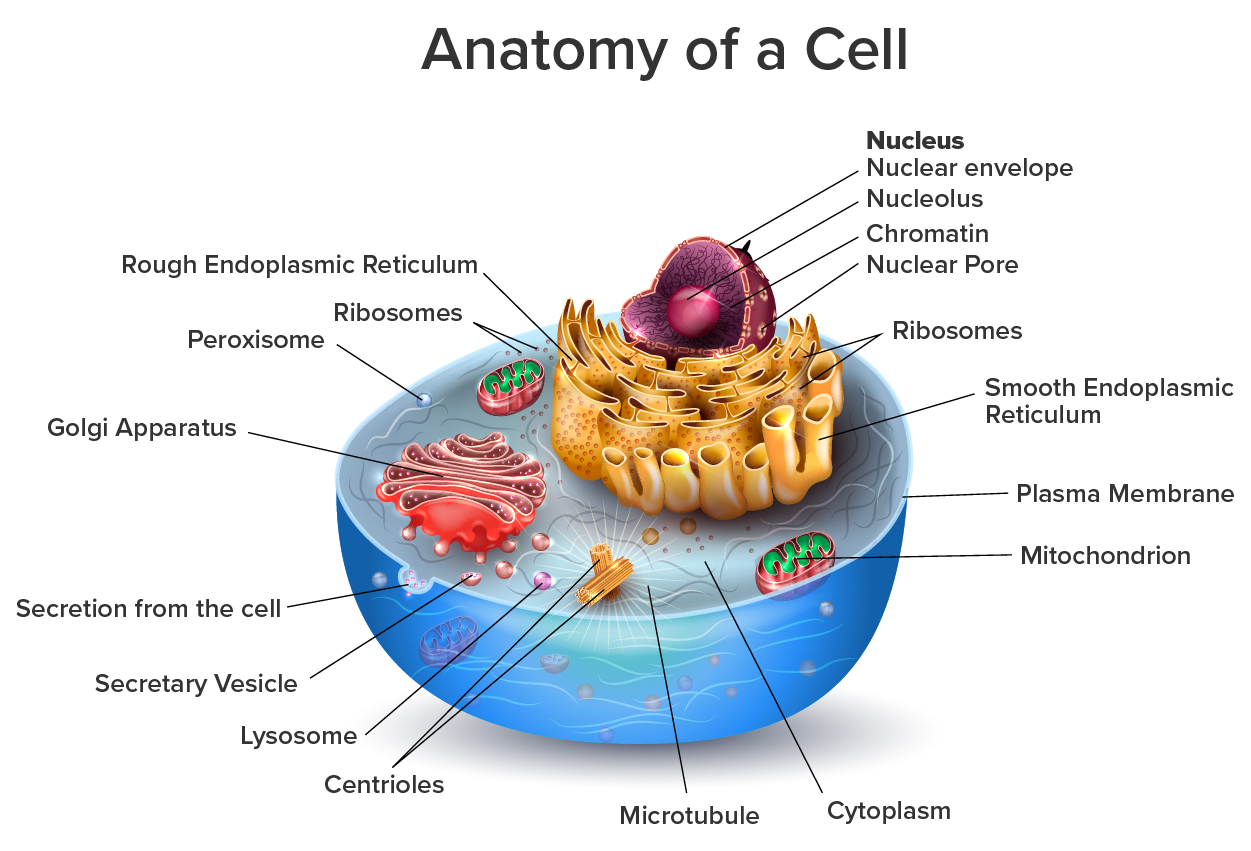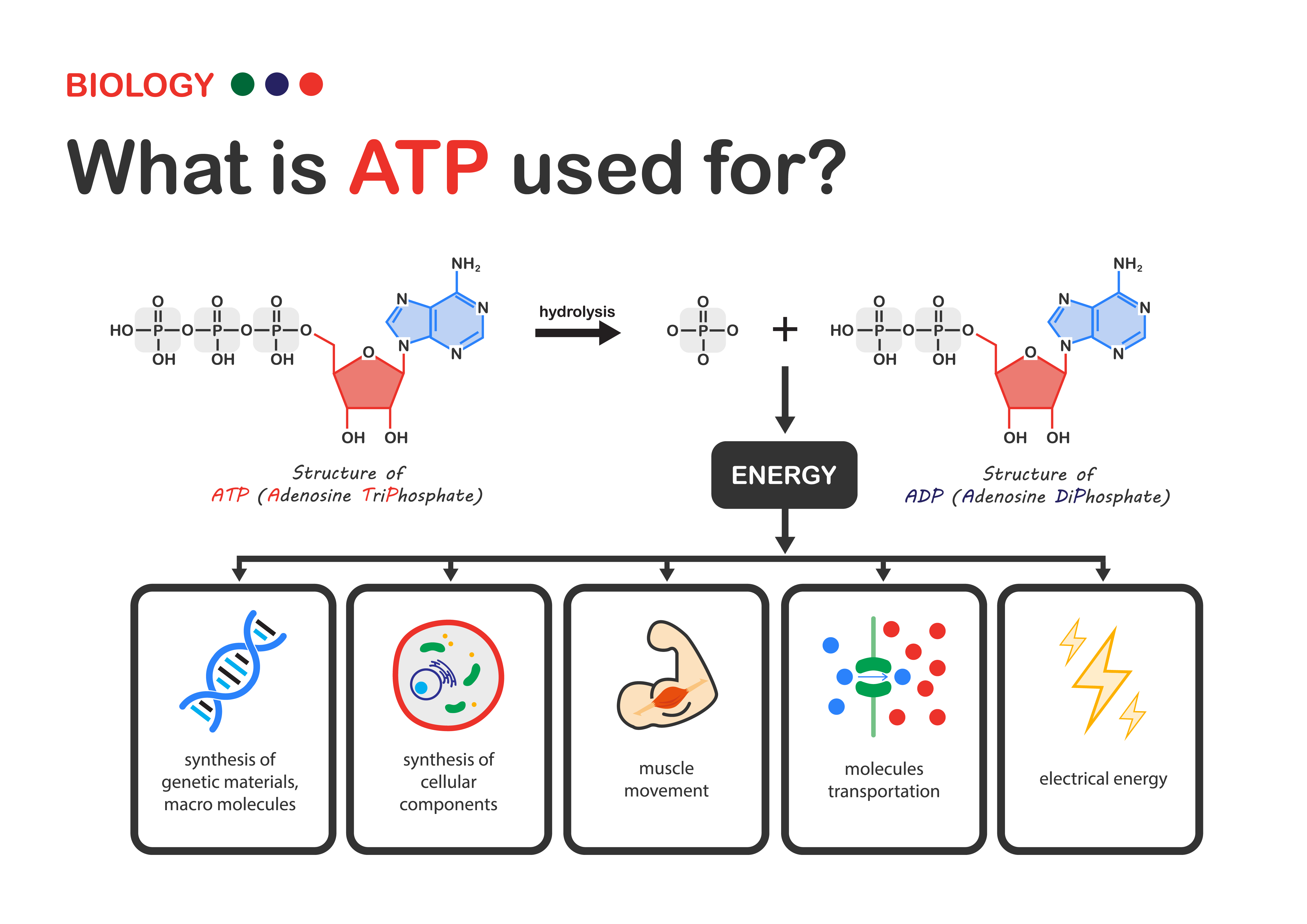Table of Contents |
Energy metabolism is the process by which our bodies take in the food that we eat, break these foods down and then use them for energy. Energy is how we talk, think, go to school, and so much more. Like we talked about before, energy is the ability or capacity to do work. Every part of our lives rely on the energy our bodies have to allow us to do work, maintain our constant body temperature, move muscles, think, and feel sensation. Energy is stored in our bodies in the form of chemical energy. Energy metabolism is a complex process that occurs throughout the body every day. Our bodies then take this broken-down food and, through energy-yielding pathways, utilize the foods we eat for energy.
The energy that is provided to humans all originates with the sun. Photosynthesis is the process where plants make simple sugars from carbon dioxide and the light from the sun is captured in those sugar bonds. Humans or animals then eat the plants and the fuel that is released from those bonds gives us energy.
Cells are what makes up the human body. You can see in the picture of the cell here that there is cytoplasm (where glucose breakdown, or glycolysis, occurs), smooth endoplasmic reticulum (where lipid synthesis occurs), rough endoplasmic reticulum (where protein synthesis occurs), and mitochondria (the "powerhouse" of the cell where all energy cycles originate).

The processes of making and breaking down carbohydrate molecules illustrate two types of metabolic pathways. A metabolic pathway is a step-by-step series of interconnected biochemical reactions that convert a substrate molecule or molecules through a series of metabolic intermediates, eventually yielding a final product or products. For example, one metabolic pathway for carbohydrates breaks large molecules down into glucose. Another metabolic pathway might build glucose into large carbohydrate molecules for storage.
Some energy is used to build body compounds; for example, glucose can be joined together to make glycerol chains, and glycerol may be combined with fatty acids to make triglycerides. The building of these compounds is called anabolism. Anabolism is the synthesis of complex molecules in living organisms from simpler ones together with the storage of energy; constructive metabolism.
A breakdown reaction is called a catabolic reaction or catabolism. Catabolism is the breakdown of complex molecules in living organisms to form simpler ones, together with the release of energy; destructive metabolism. When the body needs energy to use, it breaks down the molecules built through anabolism and uses the components to fuel our needs.

The breakdown of glucose, fatty acids, protein, and amino acids releases energy. This energy can be captured in ATP (adenosine triphosphate).

ATP is an energy-carrying molecule found in the cells of all living things. ATP captures chemical energy obtained from the breakdown of food molecules and releases it to fuel other cellular processes. ATP does not store chemical energy; carbohydrates, such as glycogen, and fats are examples of storage molecules. When energy is needed by cells, the cells convert energy from storage molecules into ATP. ATP then serves as a carrier and can deliver energy to places within the cell where it is needed. It is very important to understand that ATP provides the energy that gives all living cells power to do work.

Sometimes there are coupled reactions where ATP is used to transfer the energy that is released in catabolic reactions to power an anabolic reaction. Remember that anabolic reactions take energy, so the cells have to get energy from some sources. Some energy is always lost as heat because making new compounds, transporting nutrients, and moving muscles all takes energy and gives off heat.
Source: THIS TUTORIAL HAS BEEN ADAPTED FROM LUMEN LEARNING’S “NUTRITION FLEXBOOK”. ACCESS FOR FREE AT https://courses.lumenlearning.com/suny-nutrition/. LICENSE: creative commons attribution 4.0 international.
REFERENCES
Encyclopædia Britannica, inc. (n.d.). Adenosine triphosphate. Encyclopædia Britannica. Retrieved May 21, 2022, from www.britannica.com/science/adenosine-triphosphate
Energy metabolism. Energy Metabolism - an overview | ScienceDirect Topics. (n.d.). Retrieved May 23, 2022, from www.sciencedirect.com/topics/neuroscience/energy-metabolism